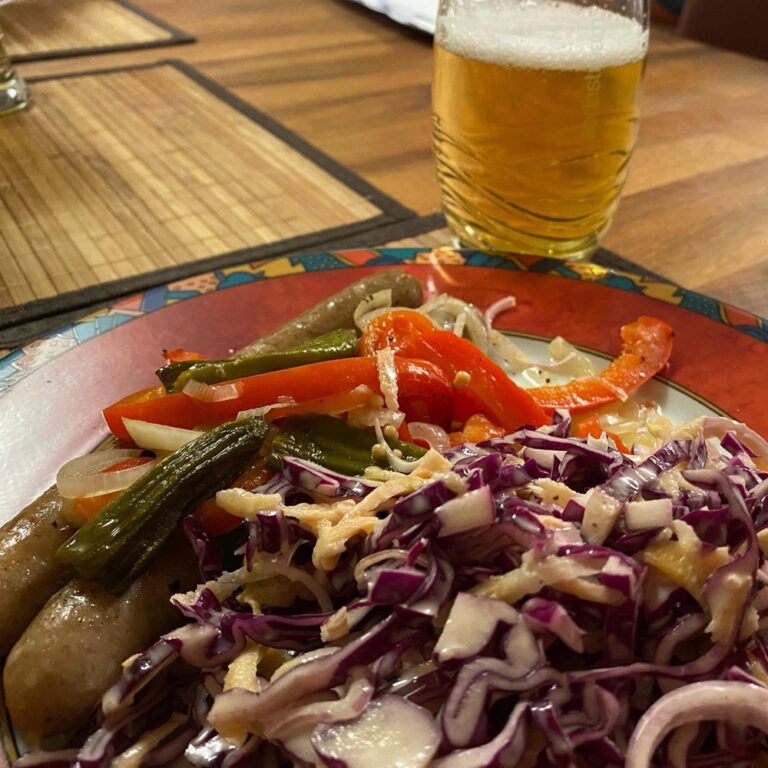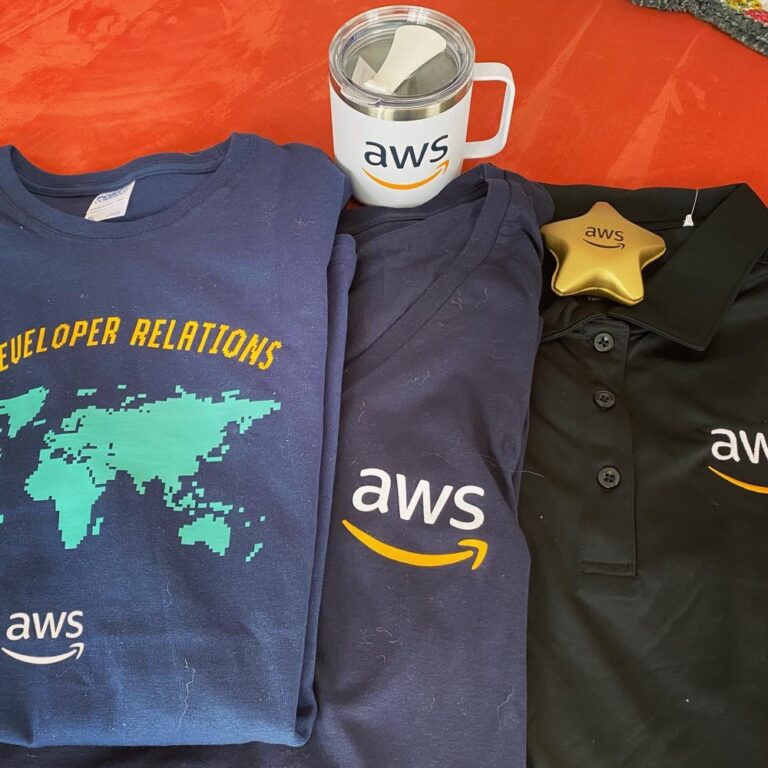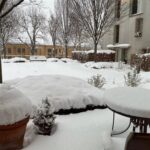RT @Chris_Campey: How a pro, (@serenawilliams) handles and responds to quarantine in Adelaide, Australia. @AustralianOpen @colbertlateshow…
RT @hawkieowl: @nickzoic @BunkyFob Flood and a unified German republic are the only proof I have that 1990 happened, tbh
@DeirdreS Hilariously, our German one has the exact same! https://t.co/tLFFfNYMP5
RT @Get_Lighthouse: “The truth that all managers must accept is that your job is now to make a group of people more effective” @catehstn ht…
I’ve never gotten swag with my face on it before! (Well, except for face cakes from @hannahyanfield. ❤️) Thanks to my new team for the thoughtful gift. It’s a great way to start 2021… @awscloud https://t.co/3L4ghS6d2S
RT @rikkiends: CFP for LISA21 closes Feb 23. Got ideas? e.g.:
* Performance (hardware design, HPC, bottlenecks)
* Observability (monitoring…
@jesslynnrose Bought way back in March when we first went into lockdown, and worth every single penny. (I’m wearing them now!) https://t.co/WGokUaHvjp
How one physicist is unraveling the mathematics of knitting https://t.co/txVDn4uG8q – ❤️ In 2019 Matsumoto got a 5-year grant from the National Science Foundation to study the mathematics of knitting. HOW FRICKING COOL IS THAT?! #lifegoals 🧶
If you are interested in this type of thing, I talk about several other related scientific papers in my Knitted Disruption talk from @BuildStuffConf 2019: https://t.co/cg6D14d8Kr
Beer-braised bratwurst and pickled peppers & onions, served with creamy red coleslaw. #dinnerbyme 🍻 https://t.co/4jY8LxohBr















